As EV sales growth slows, automakers are looking for other ways to reduce emissions without turning off potential buyers. That’s led to a wave of new plug-in hybrids coming to market – and to a surge in demand for PHEVs which grew 50% globally during the first five months of the year. But will they continue to outpace all-electric models? That’s a matter of debate.

The next Toyota Highlander is scheduled to go all-electric. Look for HEV and PHEV versions of the bigger, 3-row Grand Highlander seen here.
Could 2024 become the year of the plug-in hybrid? That’s what a new report from research firm Bernstein which reveals that demand for PHEVs grew 50% through the first five months of this year compared to only 9% for pure electric models.
And demand could rise even faster over the next several years, some analysts believe, as more manufacturers add plug-ins to their line-up to help meet strict new emissions standards while giving more choice to EV skeptics.
But experts caution that PHEVs may only be a temporary solution that will act as a bridge technology until the industry better addresses concerns about EVs including range, cost, charging times and the need for a readily accessible public charging network.
The Year of the PHEV
Demand for all-electric models has slowed notably in recent months. More precisely, the growth in EV sales has softened, though volumes are still on the rise. In the U.S. market, sales surged about 800% from 2019 through 2023 but the growth rate is on track to reach just 10% this year, according to J.D. Power and other analysts.
On a worldwide scale, EV growth settled back to just 9% from January through May, according to Bernstein. By comparison, demand for PHEVs rose 50% during the same period – though they started from a much lower base.
Even so, plug-ins are on track to outsell EVs in the critical Chinese market for all of 2024, Bernstein’s new report forecasts.
China drives the shift to electrified vehicles
With its strict New Energy Vehicle, or NEV, mandate, China has become the largest market in the world for plug-based vehicles – which include both PHEVs and pure EVs.
That has spurred the emergence of a number of start-ups focused solely on electrified vehicles, such as BYD. Short for “Build Your Dreams,” that manufacturer has been gaining traction worldwide with products such as the little Seagull pickup launched earlier this year. The company this week announced a deal with Uber to provide the ride-sharing company 100,000 all-electric vehicles for use in Europe and South America.
But a third of BYD sales already come from PHEVs like the Qin L and Seal 06 which are gaining sales rapidly this year.
For the first half of 2024, China motorists purchased 70% more PHEVs – including range-extending models – while EV demand rose a more modest 16%. In a separate report, J.P. Morgan analysts forecast plug-in hybrids could account for fully 60% of NEV sales by 2030.
More PHEV and EV News
More plug-ins are coming – soon
The market has seen a flood of all-electric vehicles since the COVID pandemic hit – more than 100 new entries reaching U.S. showrooms alone. By comparison, there have been only a relative handful of PHEVs launching in Europe and North America. But the pace will soon accelerate.
Toyota CEO Koji Sato has accelerated the automaker’s EV program but remains a strong proponent of both conventional and plug-in hybrids. Honda is taking a similar approach.
General Motors CEO Mary Barra has begun backtracking on her promise to go all-electric by 2035. Several PHEVs are now on tap to start rolling out in 2026, primarily targeting large SUVs and pickups where range and towing are issues and large battery packs add significant cost.
Stellantis – which currently offers a plug-in version of its Chrysler Pacifica minivan – will follow up with the Ramcharger, a version of the Ram 1500 pickup. That model uses a small gas engine solely as a generator to help keep the truck’s electric motors running when the battery pack runs down. That range-extender technology, as well as more conventional plug-in drivetrains, will be used by the sibling Jeep brand, as well.
Ford, BMW, Mercedes-Benz and other manufacturers have signaled plans to ramp up their PHEV lines. And, like GM, Sweden’s Volvo has signaled it will also back away from a 100% switch to EVs in favor of a mix that also includes plug-in hybrids.
What’s the appeal?
Plug-in hybrids are gaining traction for a variety of reasons:
- They require smaller battery packs and can result in lower overall vehicle costs;
- Newer models are getting 40 miles or more per charge, enough for most daily commutes, according to European and U.S. data;
- They can keep going on gasoline even when their batteries are drained;
- And they can operate in areas where there may not be chargers available.
But there are some downsides to the technology. With a plug-in a vehicle has two different sources of power onboard. That means more complications – and potentially greater requirements for service. And as battery technology comes down in size and cost, EV proponents contend, some of the advantages of a plug-in will vanish.
Bridge technology or a permanent solution?
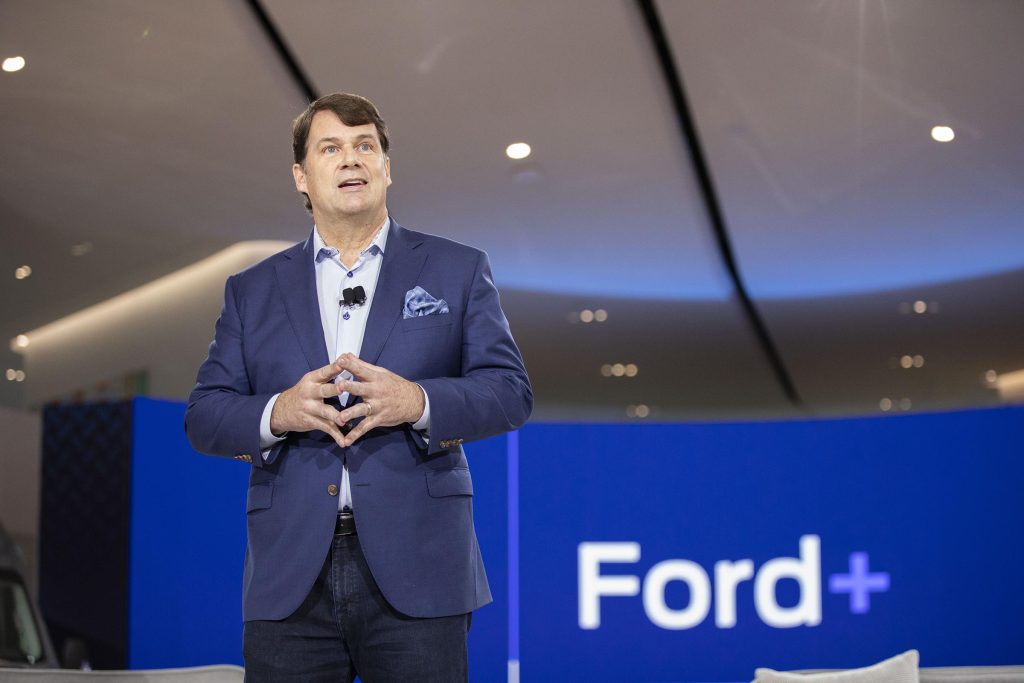
Ford CEO Jim Farley now believes PHEVs will remain a long-term part of the automotive powertrain mix.
It’s become an industry mantra that PHEVs are a “bridge technology,” helping win over motorists who either can’t or don’t yet want to switch to all-electric vehicles.
Not everyone buyers that argument. “We should stop talking about it as transitional technology,” Ford CEO Jim Farley said at a Bernstein conference in June. Ford has confirmed it has a variety of hybrids, both conventional and PHEV, coming. And it is likely to opt for a range-extender approach for its next SuperDuty line, Sam Abuelsamid, the principal auto analyst with Guidehouse Insights, told Headlight.News.
Abuelsamid and other experts believe it could take a significant amount of time to develop the sort of all-electric drive technology needed for heavy-duty models that have to carry hefty payloads and haul trailers that, in some cases, can top 20,000 pounds.
Even the Biden administration has thrown some support to PHEVs. Earlier this year it backed down on its new vehicle emissions rules, notably allowing PHEVs to be used as an alternative for some of the all-electric vehicles it original planned to require starting in 2032.
Even so, not everyone is convinced PHEVs will remain a significant part of the long-term vehicle mix. Bloomberg New Energy Finance issued its own report in July predicting that their share of the global market will peak at around 10% in 2030, “falling back as battery prices drop further.”

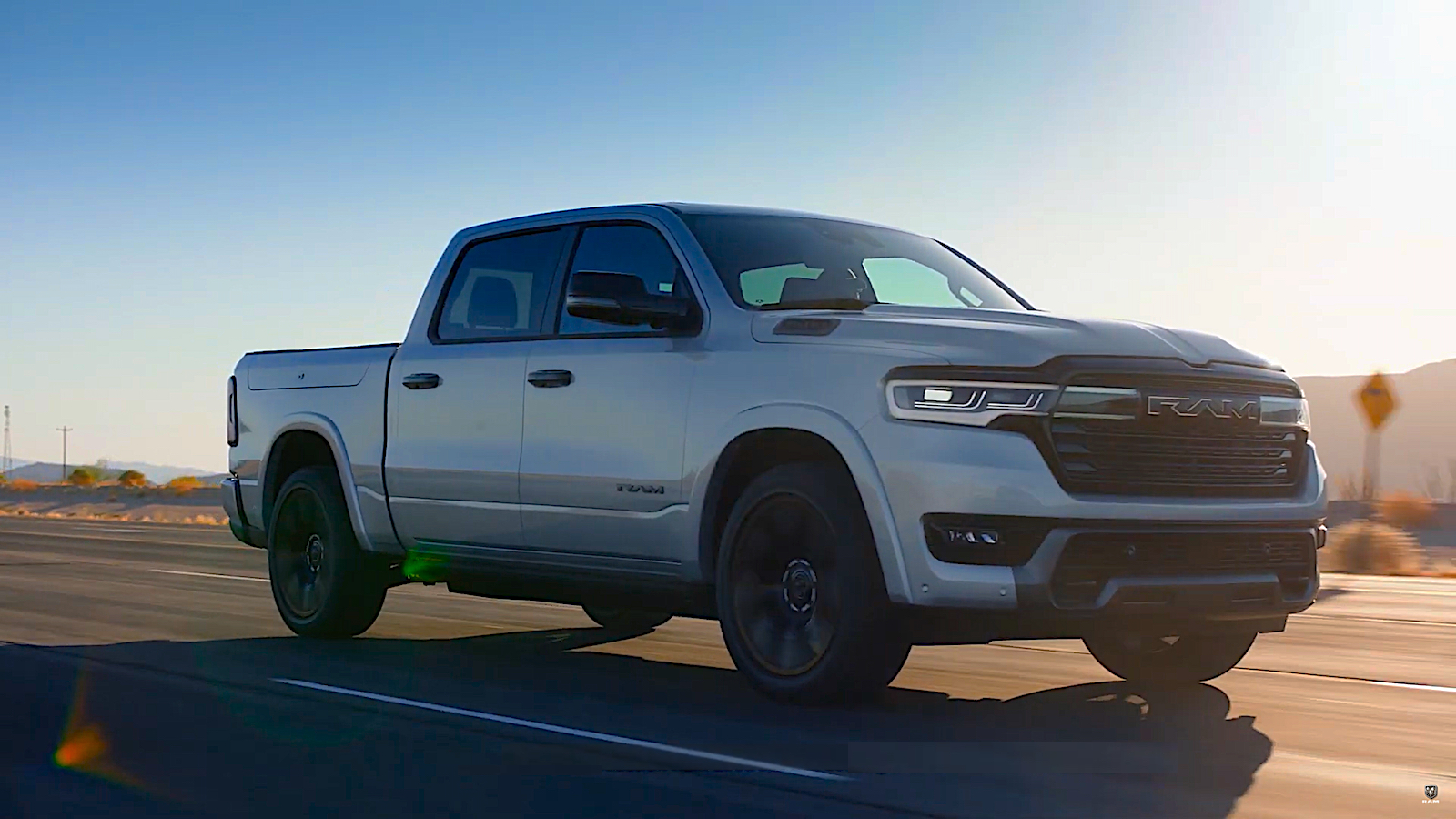
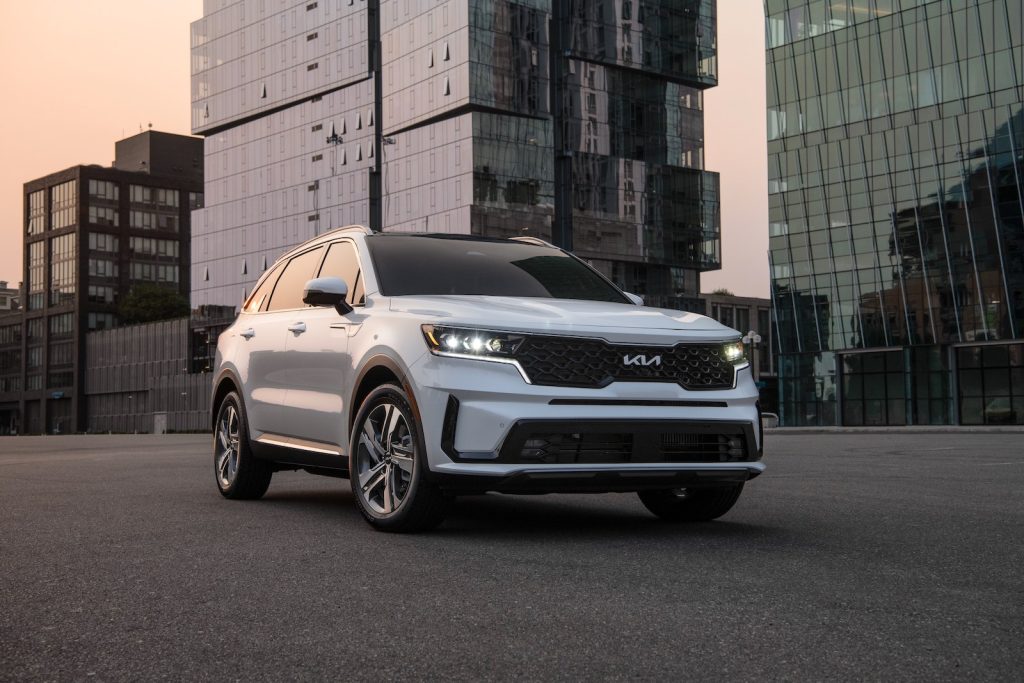

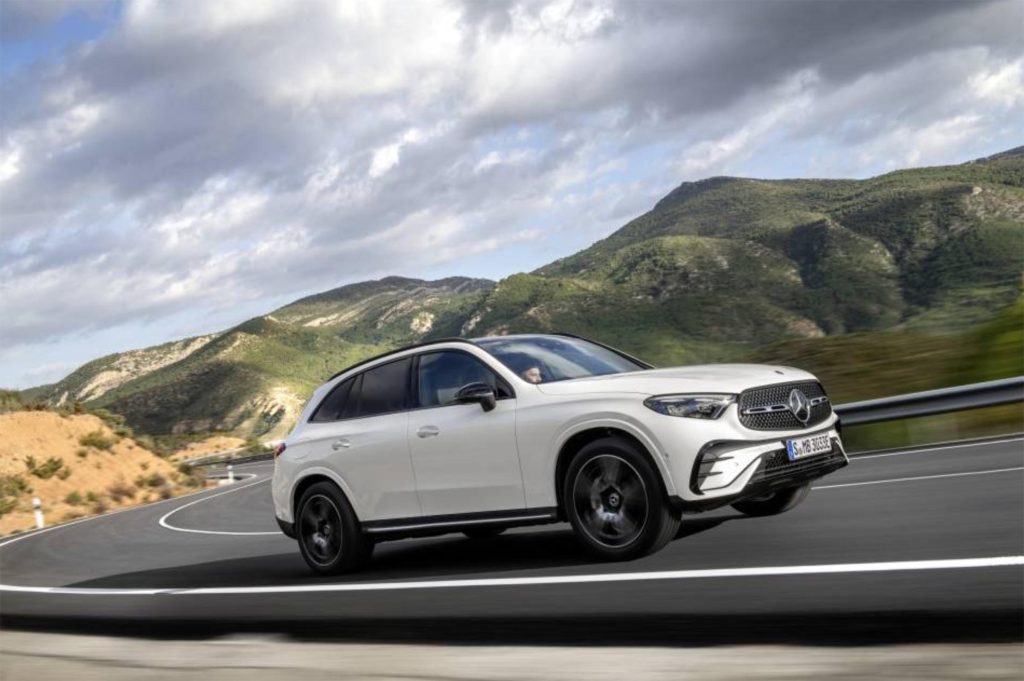
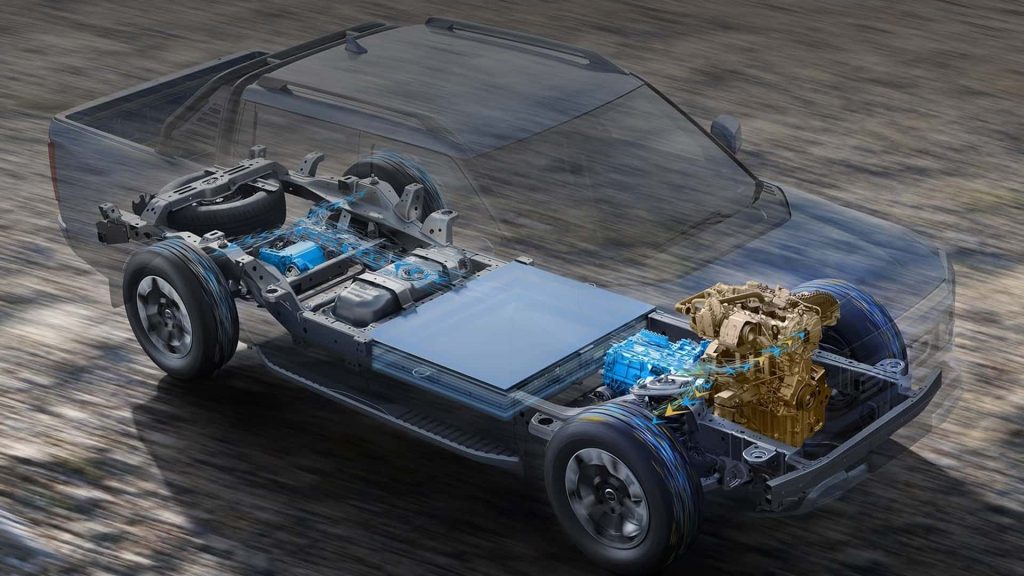
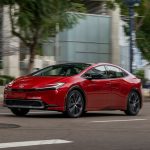
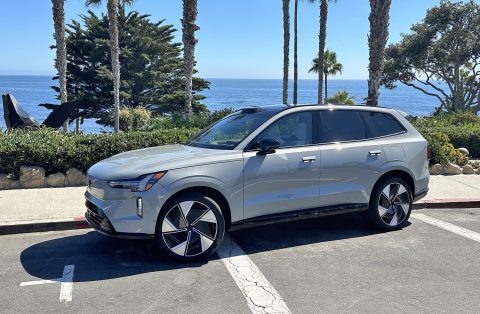
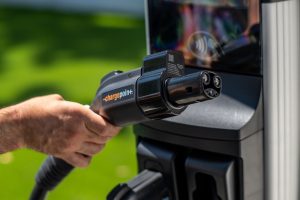
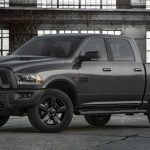
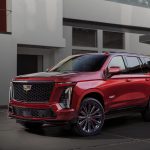
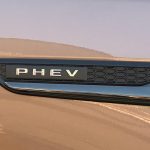

0 Comments